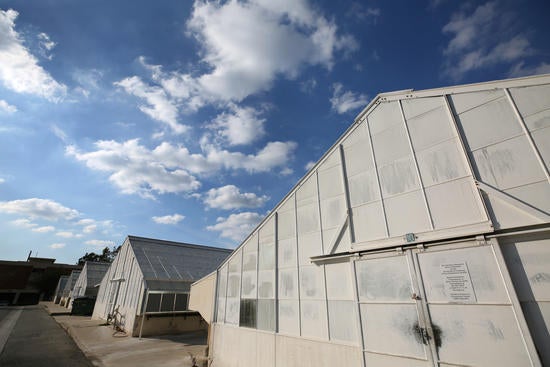Facilities
ISO and Quarantine
The Nematode Isolation and Quarantine Facility was designed and constructed to contain Class “A” and “Q” nematode pests for the purpose of laboratory and greenhouse research. The facility is designed to contain water and soil-borne pathogens, and not air-borne pathogens requiring High Efficiency Particulate Air (HEPA) filtered ventilation.

